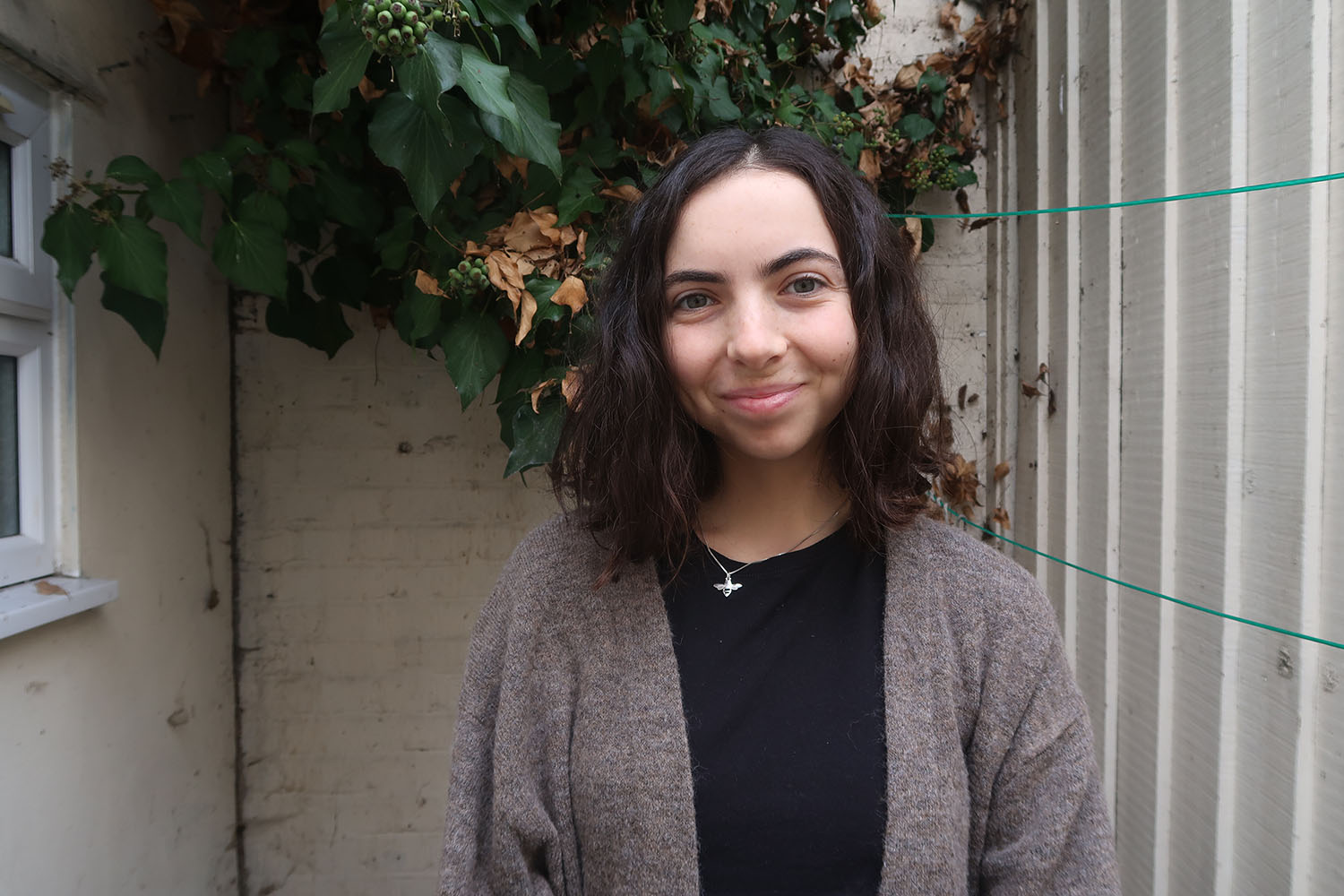- Chinampas are part of an agricultural system developed during the Aztec Empire in shallow lakes or marshes in the southern valley of what is today Mexico City.
- The system consists of elevated, narrow platforms used as fields that are surrounded by water canals, and is considered one of the most intensive and productive farming systems ever developed.
- However, for decades, chinampas have faced increasing threats due to urbanization, the overexploitation of water resources, water contamination and unregulated tourism, as well as the growing rejection of chinampa culture by traditional farmers and the loss of ancestral knowledge.
XOCHIMILCO, Mexico — Xochimilco is known for its beautiful flowers. From the trumpet-shaped brugmansia to the sun-loving bushy dahlia, it’s no surprise that the word xochimilco means “place of the flowers” in Nahuatl, the language of the Aztecs.
Our journey began at a gritty pier hidden below a willow tree on the edge of a canal. On the water, we encountered several aquatic bird species, such as green-backed herons (Butorides virescens) and great white egrets (Ardea alba), swooping down over the waterways or perched on the banks of a chinampa.
Chinampas are small plots of land made from mounds of earth in the wetlands of Xochimilco, in the southern valley of Mexico City. They constitute a type of agricultural system created by the Aztecs and today practiced by traditional farmers known as chinamperos. The chinampa system is today considered one of the most intensive and productive farming systems ever developed — a type of post-classic urban farming. Some researchers say they’re a potential model of food production for the modern metropolis.
Agronomists also say this meandering maze of canals and floating gardens can help address the address the historic heat waves and severe drought experienced in the region in recent months. This is because they provide a series of key ecosystem services, including water filtration and temperature regulation, as the trees and vegetation growing on the fields provide shade and release water vapor.
Each chinampa plot is built from mud dug out from the surrounding swamps or lakes, and encircled by a fence of ahuejote or Bonpland willow (Salix bonplandiana), a local fast-growing species, interwoven with reeds and branches of other plants.
The result is the impressive chinamil: a solid fence that’s continuously fortified with more mud and plant material. Once the chinamil is stable and the raised mud reaches a height of 50 centimeters (20 inches), the top layer is left to dry for several weeks.
Chinamperos cultivate flowers, maize, legumes and at least 40 different types of vegetables, including tomato, pepper, lettuce and radish, all year round. As a result, they’re an important source of food for Mexico City, generating 40,000 metric tons of produce each year.

Knowledge about how to work the chinampa system is maintained by chinamperos who pass on the information orally, from generation to generation. But this knowledge and the system itself are under threat. There are currently 16,000 abandoned chinampas in Xochimilco, and it’s estimated that 25% of the area has been urbanized, with only 17% of chinampas considered active.
“There are many things we would like to know about how things were done before, how they resolved issues, but there is no one to explain it to use anymore,” Sonia Tapia, agricultural team lead for Arca Tierra, an organization that focuses on the preservation of the chinampa system, told Mongabay.
Chinampa zones are home to 2% of the world’s biodiversity, including 320 bird, 70 mammal, 57 reptile and 20 amphibian species. More than 250 of them are endemic, including the axolotl (Ambystoma mexicanum) and Tlaloc’s leopard frog (Lithobates tlaloci), both of which are critically endangered. Urbanization, the overexploitation of water resources, water contamination and unregulated tourism have caused many environmental problems here, such as contamination and the loss of biodiversity. They’ve also resulted in reduced flowering and fruiting, and thus smaller crops and lower yields.
Despite its designation as a protected area, the chinampa zone and chinampero ancestral knowledge remain under threat. Fewer farmers want to work the fields, and those that do face increasing challenges, such as contamination and drought.
To preserve the ecosystem and the cultural richness of the area, chinamperos, civil society organizations, academic institutions and residents are carrying out a range of diverse efforts, from socioecological studies and analysis of environmental contamination, to the conservation of the chinampas — with little government support.
“These are the last strongholds of what our ancestors left us,” Javier del Valle, a chinampero, told Mongabay. “They need care.”
Banner image: Water scarcity has been a problem for Xochimilco residents for a long time, even before the recent drought, due to the overexploitation of its aquifers that supply neighboring urban areas and megaprojects. Image by Aimee Gabay/Mongabay.
Ancient farming system and campesino livelihoods at risk in Mexico City
Latest Mongabay podcast episode: If forests truly drive wind and water cycles, what does it mean for the climate? Listen here:
Citations:
Ebel, R. (2020). Chinampas: An urban farming model of the Aztecs and a potential solution for modern megalopolis. HortTechnology, 30(1), 13-19. doi:10.21273/HORTTECH04310-19
Eakin, H., Shelton, R. E., Siqueiros-Garcia, J. M., Charli-Joseph, L., & Manuel-Navarrete, D. (2019). Loss and social-ecological transformation: Pathways of change in Xochimilco, Mexico. Ecological and Society, 24(3). doi:10.5751/ES-11030-240315
Martínez-Arroyo, A., & Jáuregui, E. (2000). On the environmental role of urban lakes in Mexico City. Urban Ecosystems, 4, 145-166. doi:10.1023/A:1011355110475
Merlín-Uribe, Y., González-Esquivel, C. E., Contreras-Hernández, A., Zambrano, L., Moreno-Casasola, P., & Astier, M. (2013). Environmental and socio-economic sustainability of chinampas (raised beds) in Xochimilco, Mexico City. International Journal of Agricultural Sustainability, 11(3), 216-233. doi:10.1080/14735903.2012.726128
FEEDBACK: Use this form to send a message to the author of this post. If you want to post a public comment, you can do that at the bottom of the page.






















